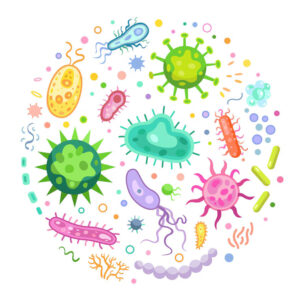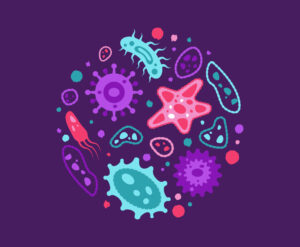Reasons Why Microorganisms are Dwindling

– Shivaan Darda

A single virus brought the world to its knees during the pandemic. However, some microorganisms can actually be the redeemer of the world. Certain strains of bacteria, fungi, algae, protozoa and cyanobacteria are known to improve soil fertility, produce oxygen and even decompose plastic faster!
The decline of these tiny beings has been a growing concern with significant implications for the environment and human health. I have previously talked about their benefits. Here I will elaborate on some key reasons for this decline and its potential impacts:
1. Agricultural Practices: Chemicals such as pesticides and herbicides target pests and weeds. Sadly, they also kill non-target microorganisms in the soil, disrupting the microbial balance. Additionally, planting the same crop repeatedly may deplete specific nutrients from the soil. This reduces microbial diversity, making the soil less fertile and more prone to erosion.
2. Pollution: This is the root of all evil! Industrial waste includes heavy metals and toxic chemicals, and can sometimes permanently damage the ecosystem. Additionally, plastics, and worse microplastics, are almost impossible to avoid. These have been known to negatively alter microorganisms’ composition and function.
3. Climate Change: Extreme temperatures and melting ice caps may often lead to a sudden rise in good and bad bacteria. Just like too much of anything is bad, overpopulated good microorganisms can cause oxygen depletion, health risks, infections in animals and much more.

There are many ways in which we can avoid all of the above. However, at a personal level – reducing consumption is a sustainable solution to this issue. Maybe dropping that next sneaker pair or thrifting your prom dress, may help in the long run to improve overall biodiversity.